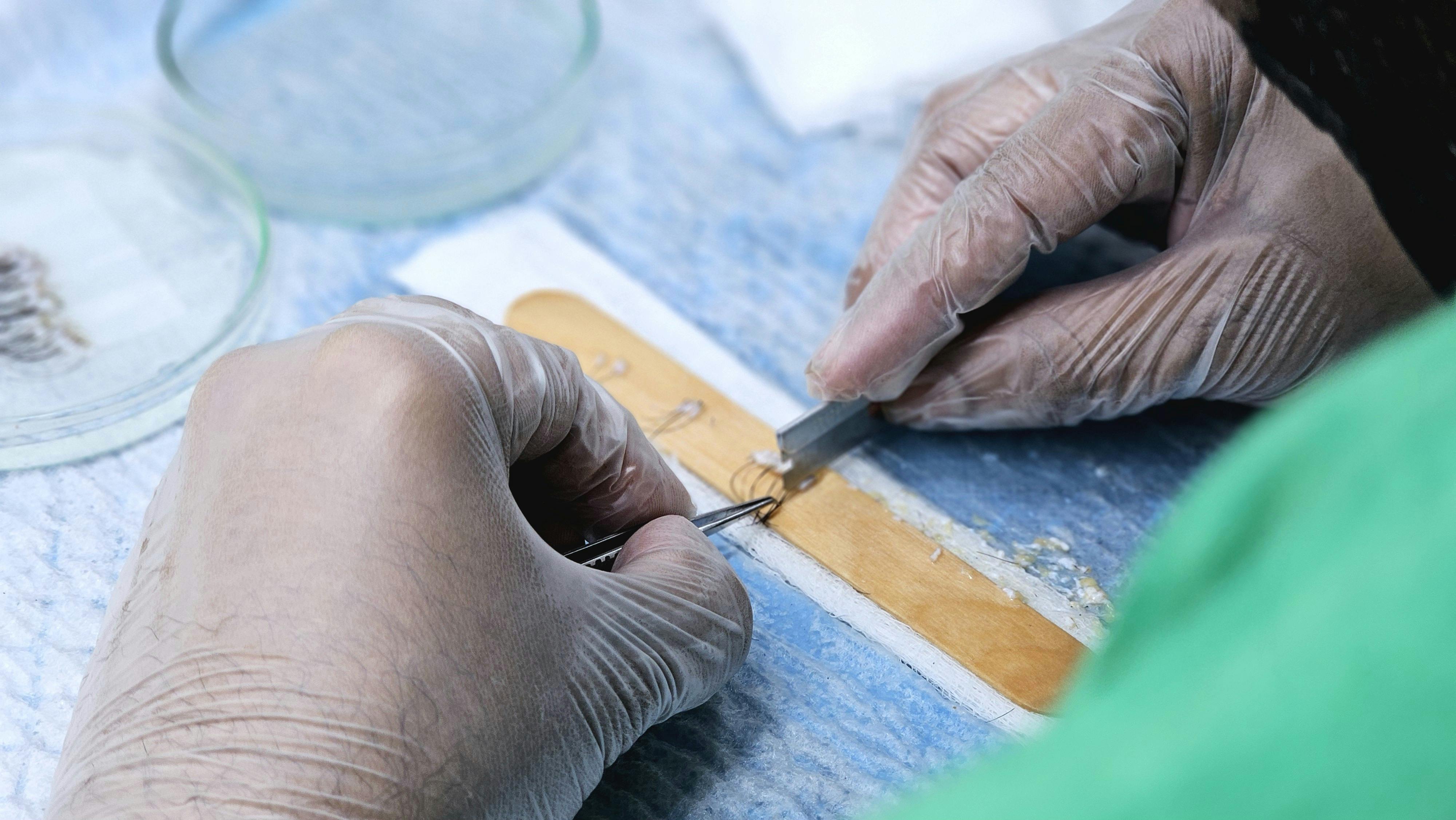Demystifying Hair Transplant: A Comprehensive Overview
Hair transplant procedures have undoubtedly come a long way since their inception in the 20th century. These surgical techniques, primarily used to treat male pattern baldness, have evolved significantly over the years, becoming more refined and yielding more natural-looking results. Today, hair transplant surgeries are not only more accessible, but also offer a ray of hope to millions of individuals who suffer from hair loss worldwide. This article aims to shed light on the fascinating history, current trends, and future prospects of hair transplant procedures.

The Genesis of Hair Transplant
In the early 1900s, hair transplantation was a concept far from reality. The first documented case of a hair transplant was in Japan in the 1930s, where surgeon Dr. Okuda used small grafts – similar to the ones used today – to restore hair loss in burn victims. However, it was not until the 1950s that hair transplants started gaining momentum in the Western world. Dr. Norman Orentreich, often referred to as the “father of hair transplantation,” conducted the first successful hair transplant surgery in New York in 1952. His groundbreaking work demonstrated that hair maintained its original characteristics even when transplanted to a different area of the scalp, a concept now known as “donor dominance.”
The Evolution and Modernization of Techniques
Over the decades, hair transplant techniques have significantly evolved. Early procedures involved the transplantation of large grafts or ‘plugs,’ giving the hair a somewhat unnatural, doll-like appearance. This technique, known as punch grafting, was popular until the 1980s.
The 1990s witnessed the emergence of mini and micrografting, which involved using smaller grafts for a more natural appearance. However, the real breakthrough came in the early 2000s with the advent of Follicular Unit Transplantation (FUT) and Follicular Unit Extraction (FUE). These techniques allow surgeons to transplant individual hair follicles, ensuring the most natural-looking results.
The Impact and Perception of Hair Transplant Procedures
Hair transplants have had a profound impact on society, transforming the lives of millions of people worldwide. The procedure has become increasingly popular, with celebrities openly discussing their experiences, thereby helping to eliminate the stigma associated with hair loss.
The perception of hair transplants has significantly changed over the years. Previously, hair transplants were often associated with vanity and were considered a luxury only the wealthy could afford. Today, however, they are viewed as a viable solution for a medical condition that can severely affect a person’s self-esteem and quality of life.
The Current Trends and Future Prospects
In recent years, there has been a surge in the demand for hair transplant procedures, driven by improved techniques, increased awareness, and the growing acceptance of the procedure. Moreover, the advent of technology has made the procedure more efficient and less invasive.
The future of hair transplants looks promising, with ongoing research and technological advancements. Researchers are exploring the potential of stem cells and 3D printing to create new hair follicles, which could revolutionize the field.
Notable Challenges and Risks
Like any surgical procedure, hair transplants come with potential risks, including infection, scarring, and the possibility of the transplanted hair not ‘taking.’ It’s also important to have realistic expectations. While modern techniques can yield impressive results, not everyone will achieve a full head of hair.
Conclusion
Hair transplant procedures have evolved from their humble beginnings to become a sophisticated solution to hair loss. Their evolution is a testament to the leaps and bounds made in medical science and technology. Although the procedure comes with its share of challenges and risks, its potential benefits and the promise of restoring self-confidence make it a compelling option for those grappling with hair loss. As research and technology continue to advance, the future of hair transplant procedures looks brighter than ever.






